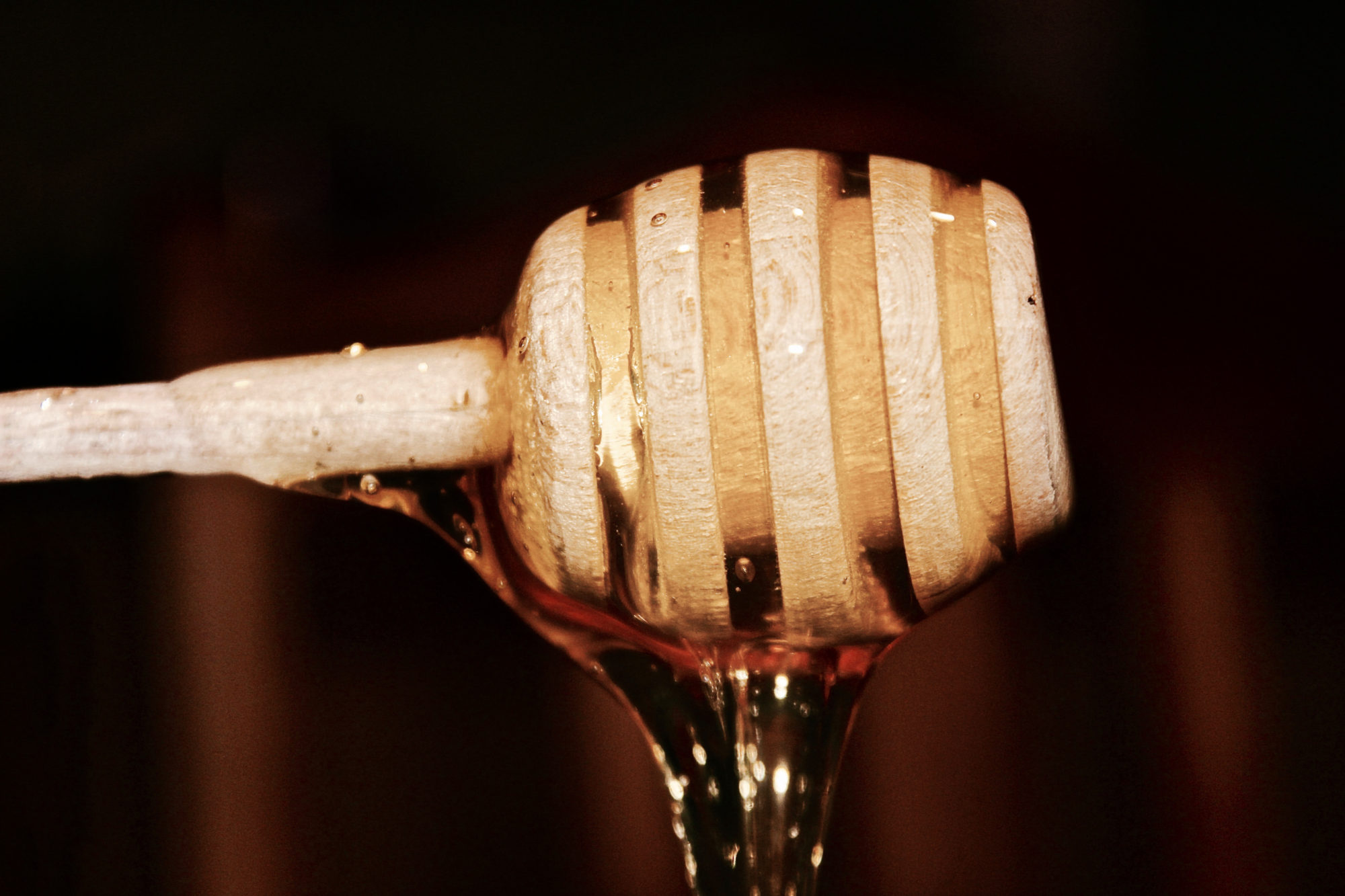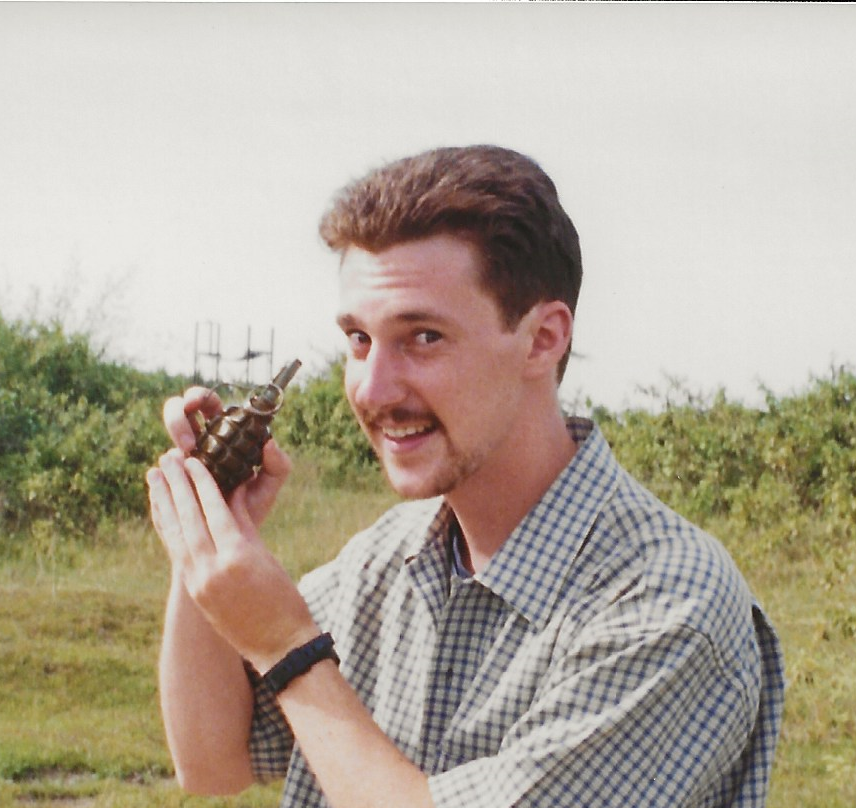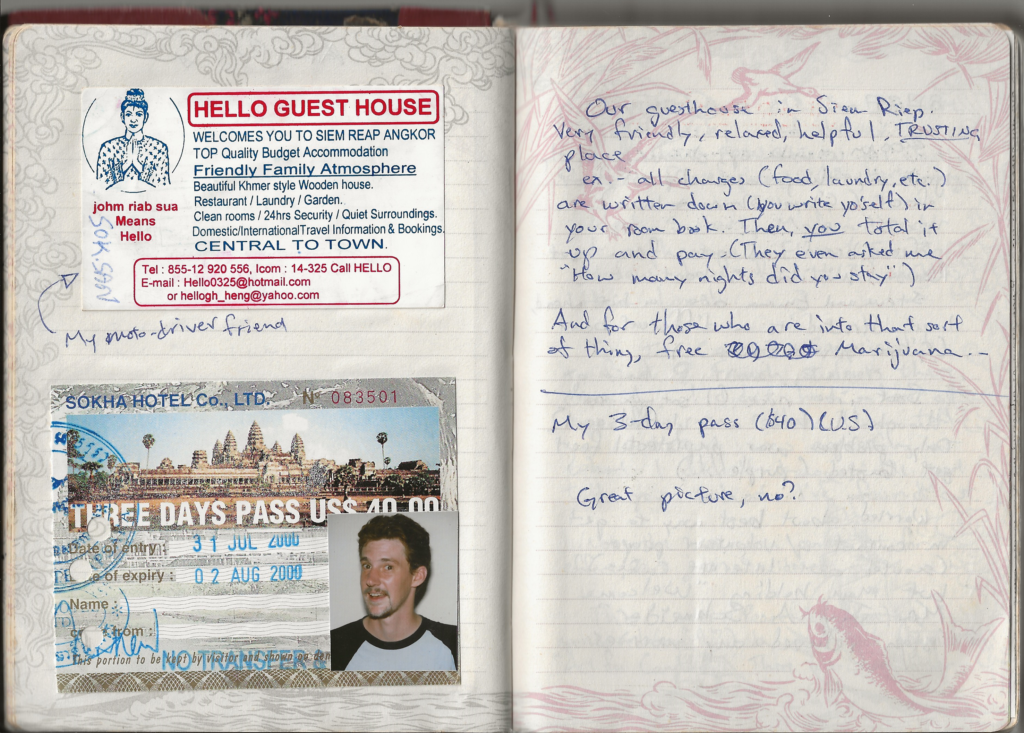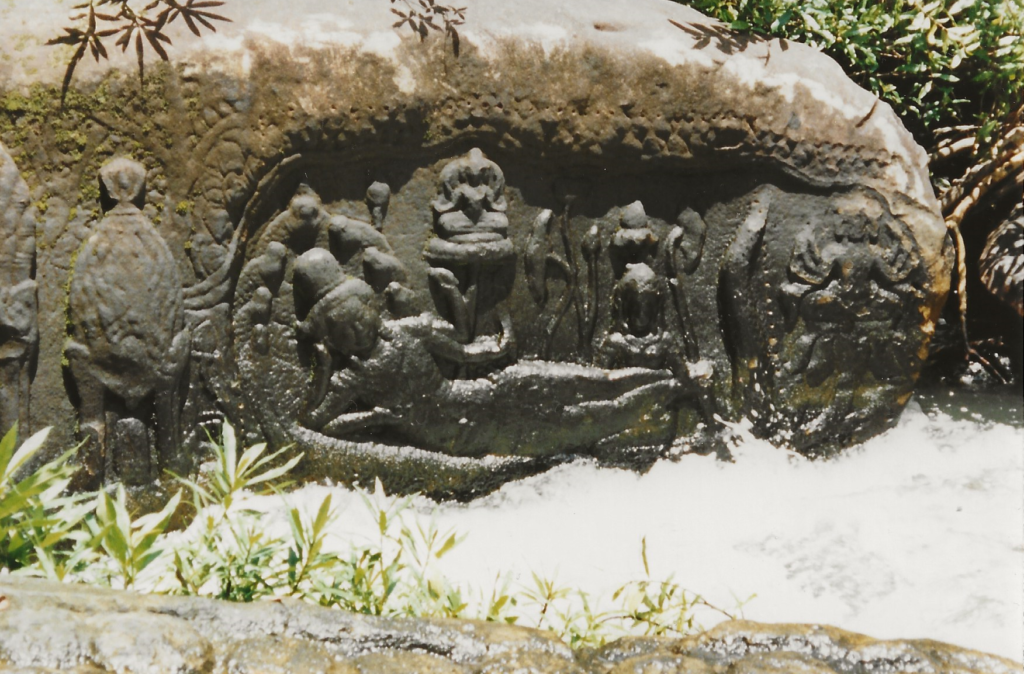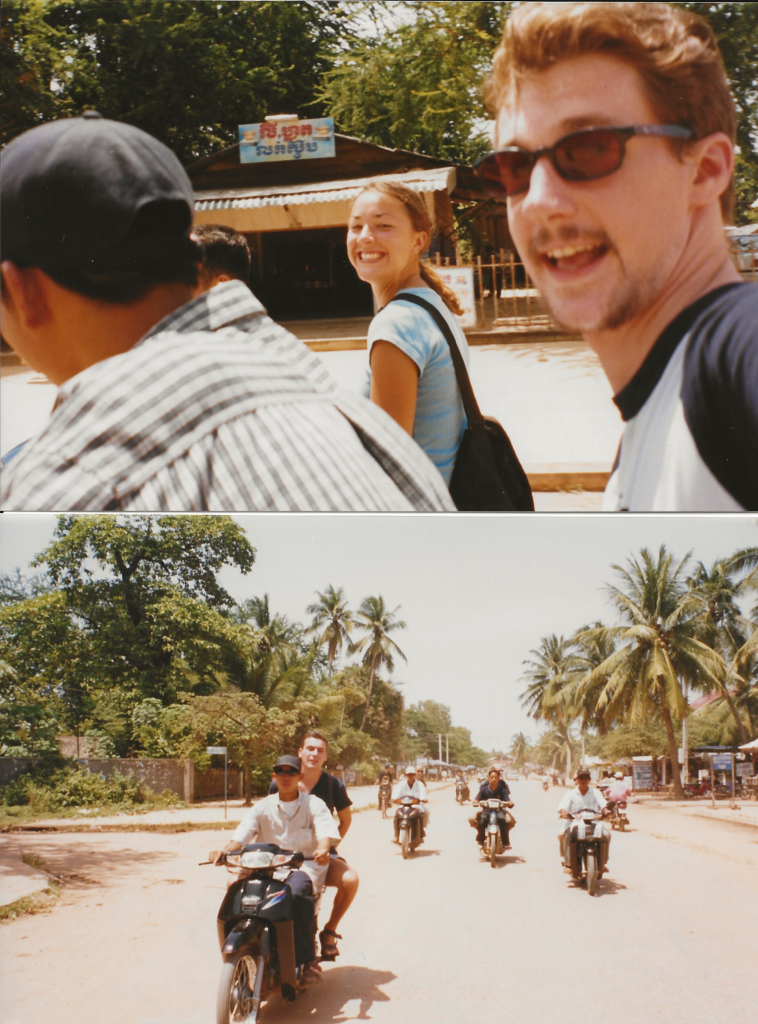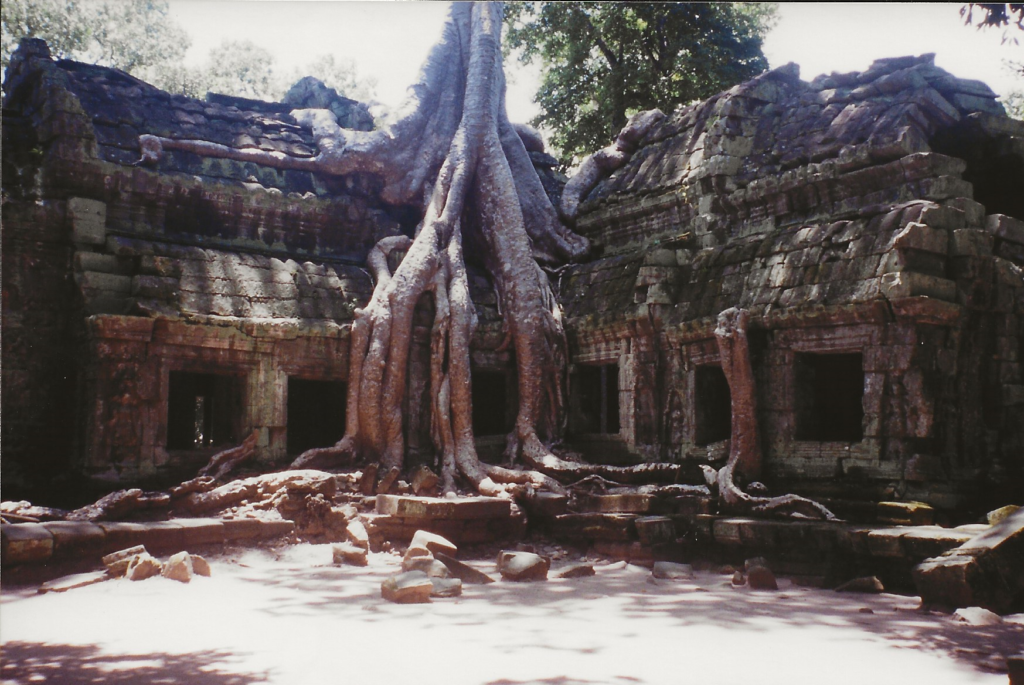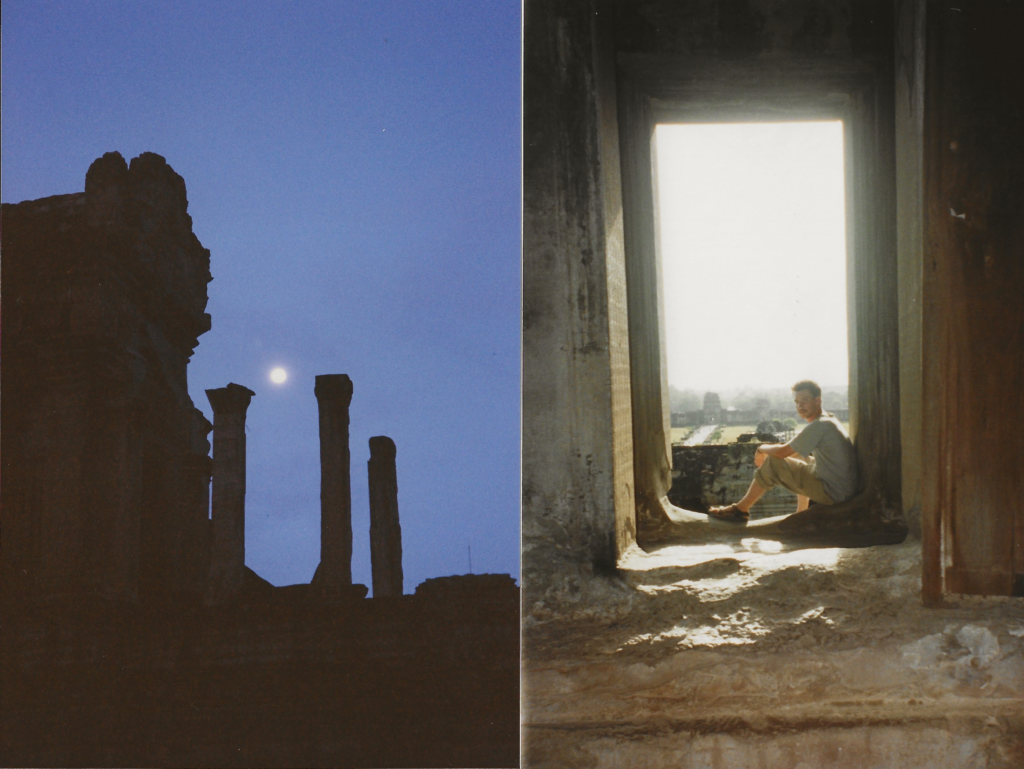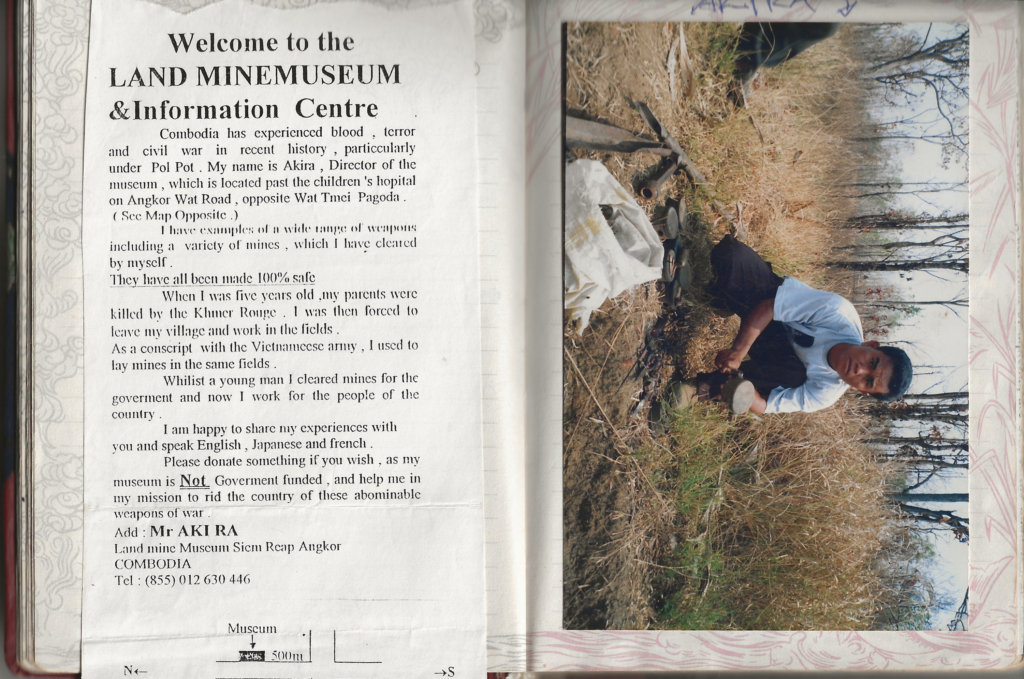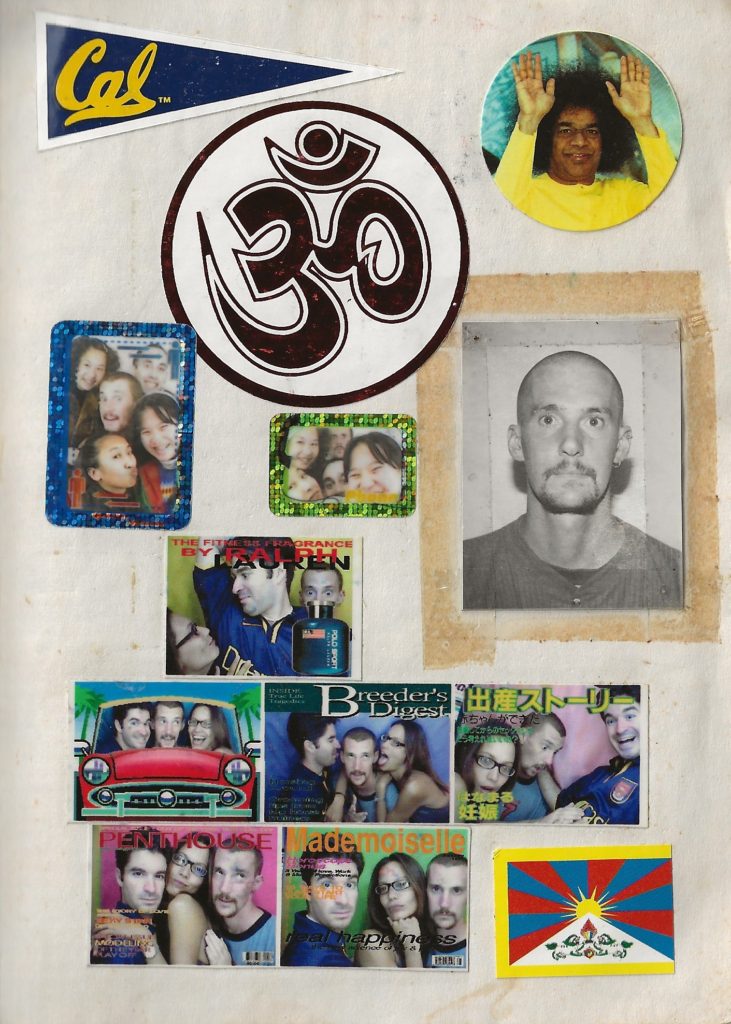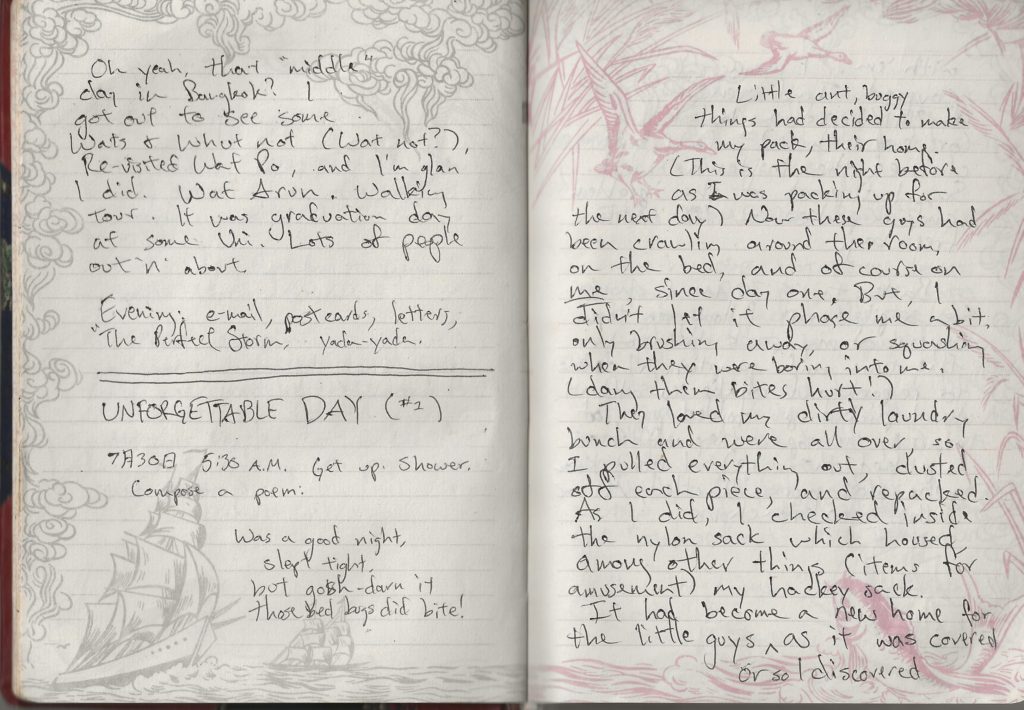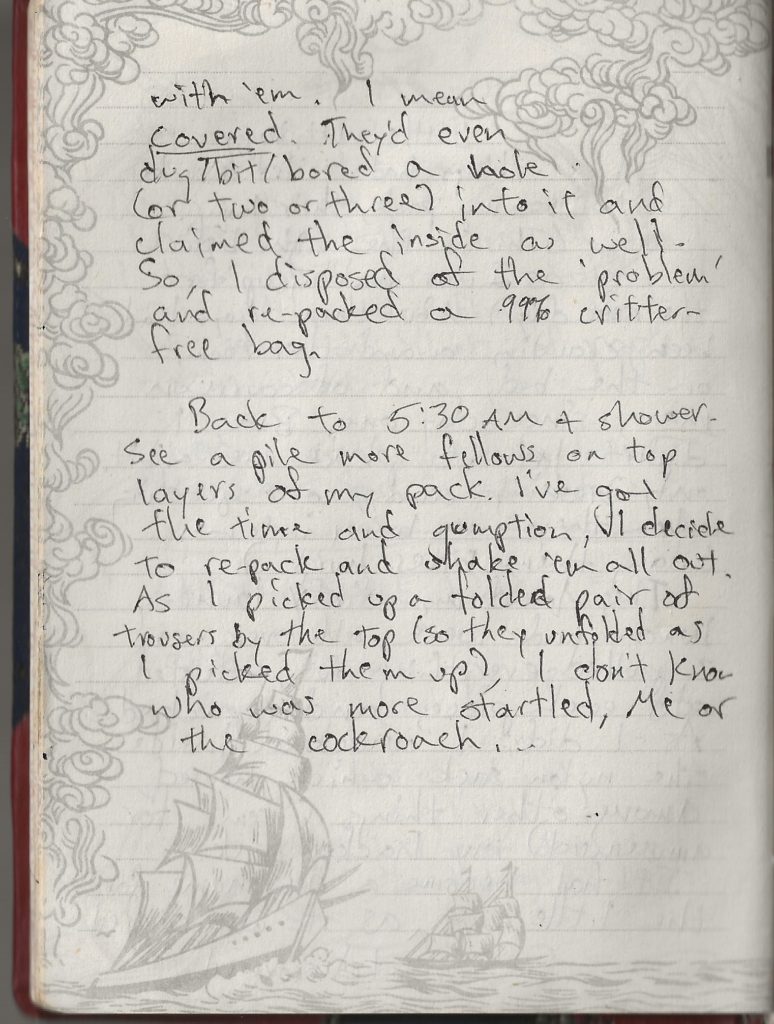On volunteering and travel… (Volun-travel? Volun-tourism? someone check on that and see if I should trademark it.)
Having lived in Japan for three years immediately before this journey, it was clear to me there was a big difference between visiting a country and living in one. The level of connection with the people and the culture is obviously far richer and deeper than if just quickly passing through and ticking of the main sites. Aware of this, I decided to look for volunteer projects in which I could participate. After searching about, I came across an organization Volunteers for Peace, which had a large catalog of work camps and projects around the world. I looked through the list and found projects which which were in countries I wanted to visit, in months which would line up with my vague travel plans. In the end, I selected a 3-week program in Cambodia for August (as featured in Episode 3) and a 2-week project in Nepal for September (to be featured in Episode 8.)
My plan was to have these two projects as anchors for my unplanned drifting of a trip, and also, since I thought I’d only be on the road until November or December at the latest (ha!), it seemed to fill a good chunk of my schedule.
Anyway, both projects in which I participated were amazing. They allowed me to have deep connections with the people and the culture, and experiences I would not have had if I were simply a visitor passing through. I was able to escape the travelers’ trail, see places I would likely not otherwise have seen, and also leave a positive impact. I recommend you consider some type of volunteer project when you travel abroad, as it can be an enriching experience for you and those you work with and for.
However…. I will note that just before I wrote this, I did search up “Voluntourism” (because I’m sure I’d heard that portmanteau somewhere before) and half of the top results were quite negative. I can imagine there are places and projects which are more exploitative and the visitor may believe they are genuinely doing good, when in fact it is causing more harm. Please consider volunteering as a way to complement your world travels, but do some research.
For me, I had an incredible experience with Volunteers for Peace.

The kids at Sre Ampil, Cambodia 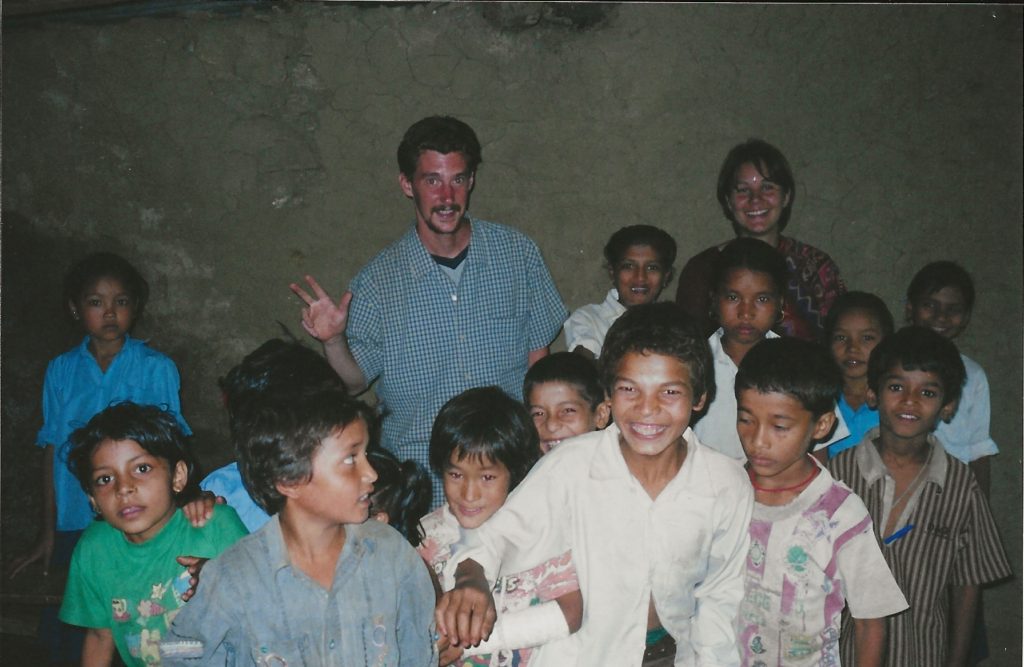
The village school near our workcamp in Nepal
